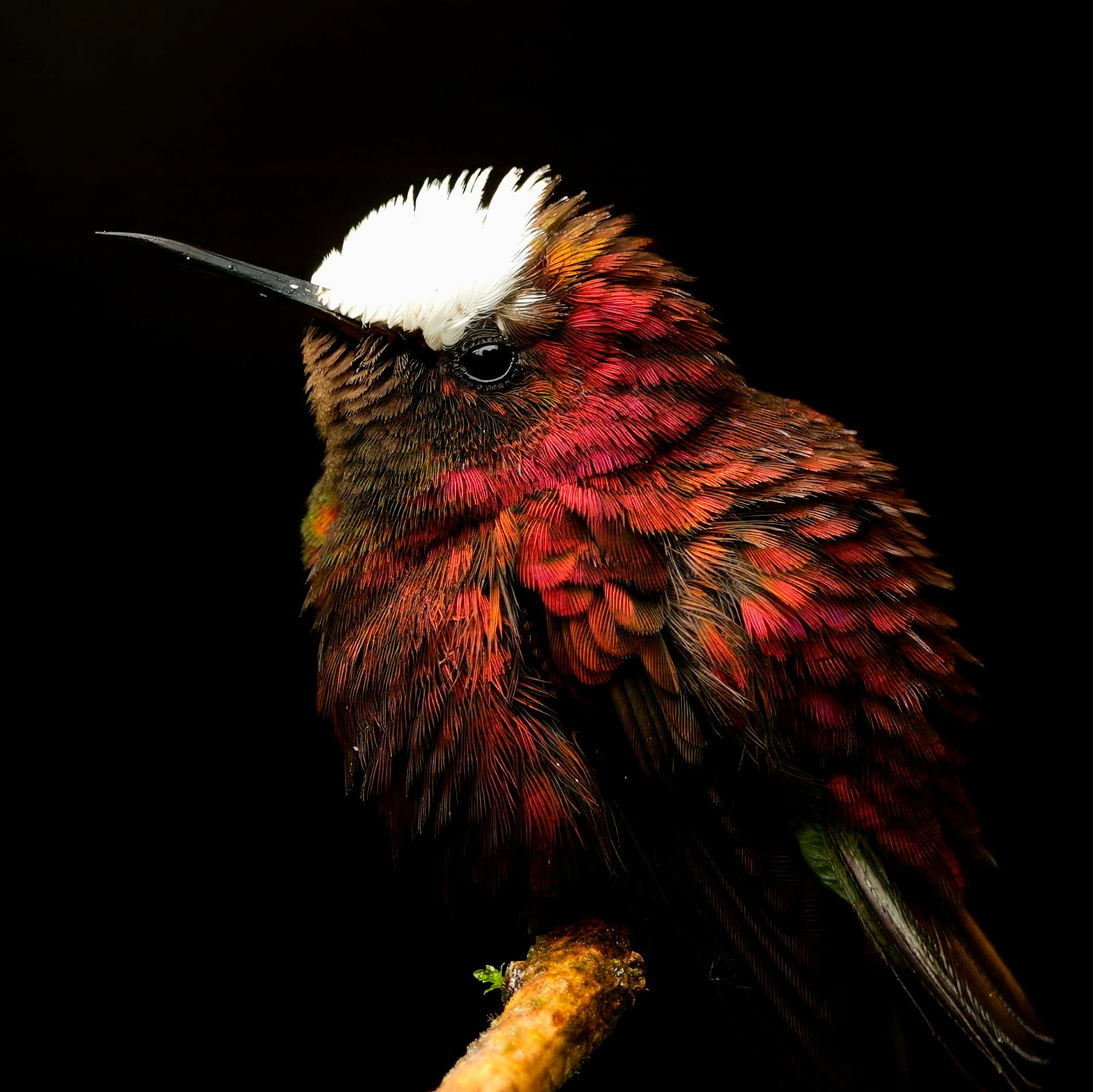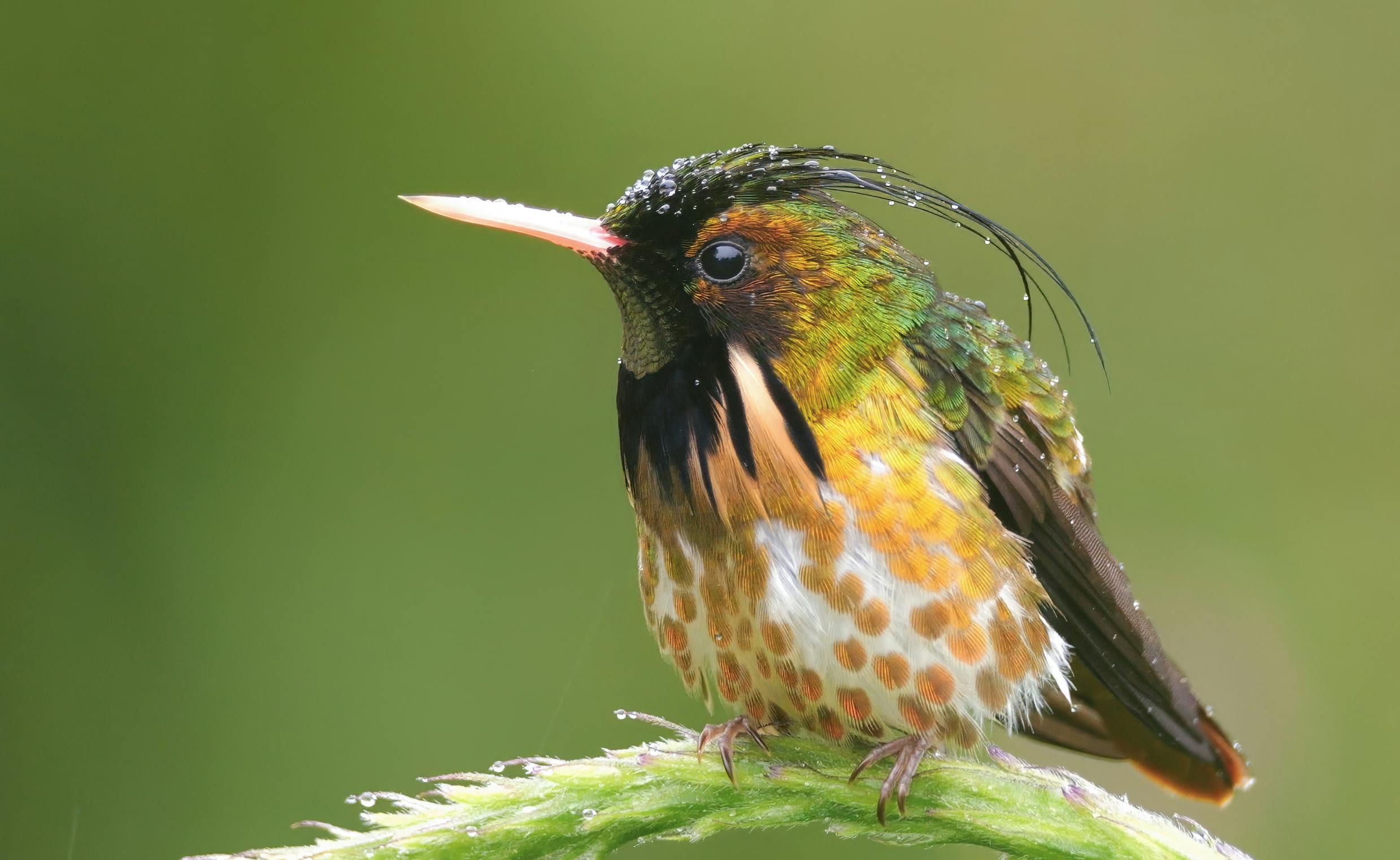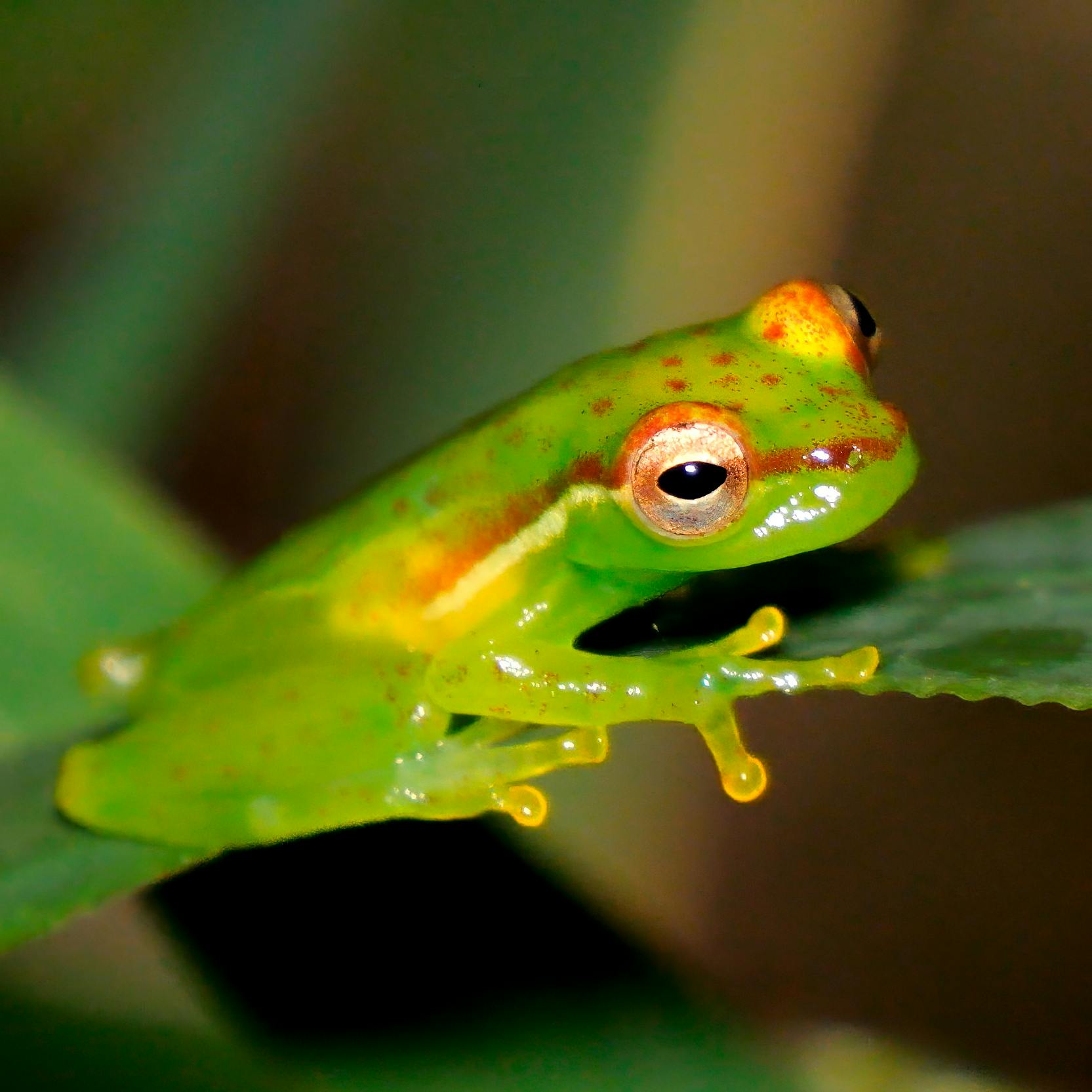


The Mantled Howler Monkey (Alouatta palliata) is one of Costa Rica's most iconic primates and a highlight of any wildlife tour in Bijagua. Known for their distinctive vocalizations that can be heard for miles through the rainforest, these impressive monkeys are a must-see for nature enthusiasts.
Experience the incredible vocalizations that echo through the rainforest. These deep, resonant calls can carry for up to 3 miles and are used by males to establish territory and communicate with other troops.
🎧 For the best experience, use headphones and turn up the volume to hear the full range of these amazing vocalizations.
Mantled Howler Monkeys are found throughout Costa Rica's rainforests, including the beautiful forests around Bijagua. They prefer the upper canopy of mature forests where they can find their preferred food sources and maintain their social groups.
Howler monkeys live in troops of 10-20 individuals, typically led by a dominant male. These troops are highly territorial and use their famous vocalizations to establish boundaries and communicate with other groups. The deep, resonant calls of the males can carry for up to 3 miles through the forest.
These primates are primarily folivorous, meaning they eat mostly leaves, though they also consume fruits, flowers, and occasionally insects. Their specialized digestive system allows them to process the tough, fibrous leaves that other animals cannot digest. They spend up to 70% of their day resting to conserve energy for digesting their leafy diet.
Howler monkeys are most active during the early morning and late afternoon hours. They typically wake up at dawn and begin their day with a chorus of calls that echo through the forest. During the heat of the day, they rest in the shade of the canopy, and become active again in the late afternoon before settling down for the night.

Where to see Mantled Howler Monkeys in the Bijagua area
How Mantled Howler Monkeys adapt throughout the year
Behavior: More vocal and active during mating season
Best Viewing: Early morning calls are most frequent
Special Notes: Males compete for dominance through vocal displays
Behavior: More time spent feeding on new growth
Best Viewing: Afternoon feeding sessions
Special Notes: Young infants often visible clinging to mothers
Daily Calls: Dawn and dusk vocalizations
Social Interaction: Grooming and play behavior
Movement: Troop travel between feeding areas
Understanding and protecting Costa Rica's howler monkeys

The Mantled Howler Monkey is currently listed as "Least Concern" by the IUCN, but they face several threats including habitat loss, hunting, and road accidents. In Costa Rica, they are protected by law and their populations are relatively stable thanks to the country's extensive protected areas and conservation efforts.
Howler monkeys play a crucial role in forest ecology as seed dispersers and indicators of forest health. Their presence often indicates a healthy, mature forest ecosystem with good connectivity between habitat patches.
Ongoing research in Costa Rica focuses on howler monkey behavior, social structure, and habitat requirements. Scientists study their vocal communication patterns, feeding ecology, and responses to environmental changes. This research helps inform conservation strategies and habitat management decisions.
Citizen science programs and ecotourism activities like those offered by Bijagua Nature Tours contribute valuable data for researchers while providing visitors with meaningful wildlife experiences.

How to responsibly observe Mantled Howler Monkeys
Keep Your Distance: Maintain at least 50 feet from the monkeys
Stay Quiet: Speak in whispers to avoid disturbing them
Move Slowly: Sudden movements can startle the troop
Use Binoculars: Get close-up views without approaching
Early Light: Best photos in morning golden hour
Silent Mode: Turn off camera sounds
Patience: Wait for natural behaviors to unfold
Respect: Don't use flash or make loud noises
Feeding: Never offer food to wild monkeys
Chasing: Don't follow or pursue the troop
Loud Noises: Avoid shouting or sudden sounds
Getting Too Close: Respect their space and comfort zone
Join us for an unforgettable wildlife experience and witness the incredible Mantled Howler Monkeys in their natural habitat. Our expert guides know the best locations and times to observe these fascinating primates.